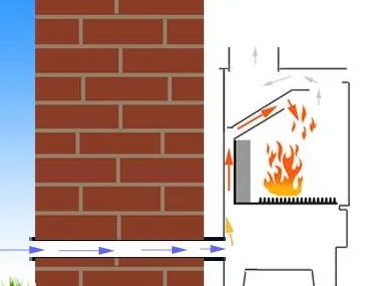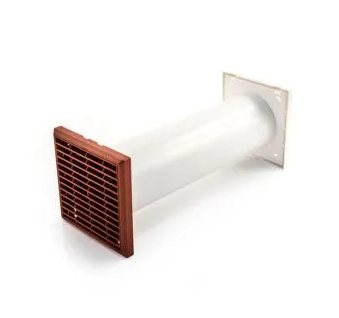Do I Need Ventilation for my wood burner: Unquestionably, a wood fire crackling makes for a nice atmosphere, but one important element is sometimes overlooked: ventilation. For wood fires, adequate ventilation is not merely a luxury—it is a requirement. We’ll discuss the importance of ventilation for the environment, your health, and safety in this post.
Safety: Avoiding Toxins Like Carbon MonoxideWhen wood is burned indoors, carbon monoxide (CO), an odorless and lethal gas, is released. Sufficient outside ventilation eliminates the possibility of CO poisoning.
Air Quality IndoorsDangerous particulates accumulate indoors due to inadequate ventilation. Respiratory problems are avoided by maintaining clean indoor air through proper ventilation.
Guarding Against Mold and Condensation
Condensation brought on by inadequate ventilation encourages the growth of mold. Maintaining humidity equilibrium with proper ventilation guards against damage and health hazards.
Preventing Creosote Deposits
Creosote, a combustible material that starts chimney fires, is produced by wood fires. Proper ventilation improves safety by reducing creosote buildup.
Impact on the Environment: Lowering Pollution
Pollutants from wood fires degrade the quality of the air. Emissions are reduced by proper ventilation, lessening its effect on the environment.
In summary
To responsibly enjoy wood fires, proper ventilation is essential. It guarantees health, cleanliness of the air, and safety. Proper ventilation is crucial when it comes to wood fires.


